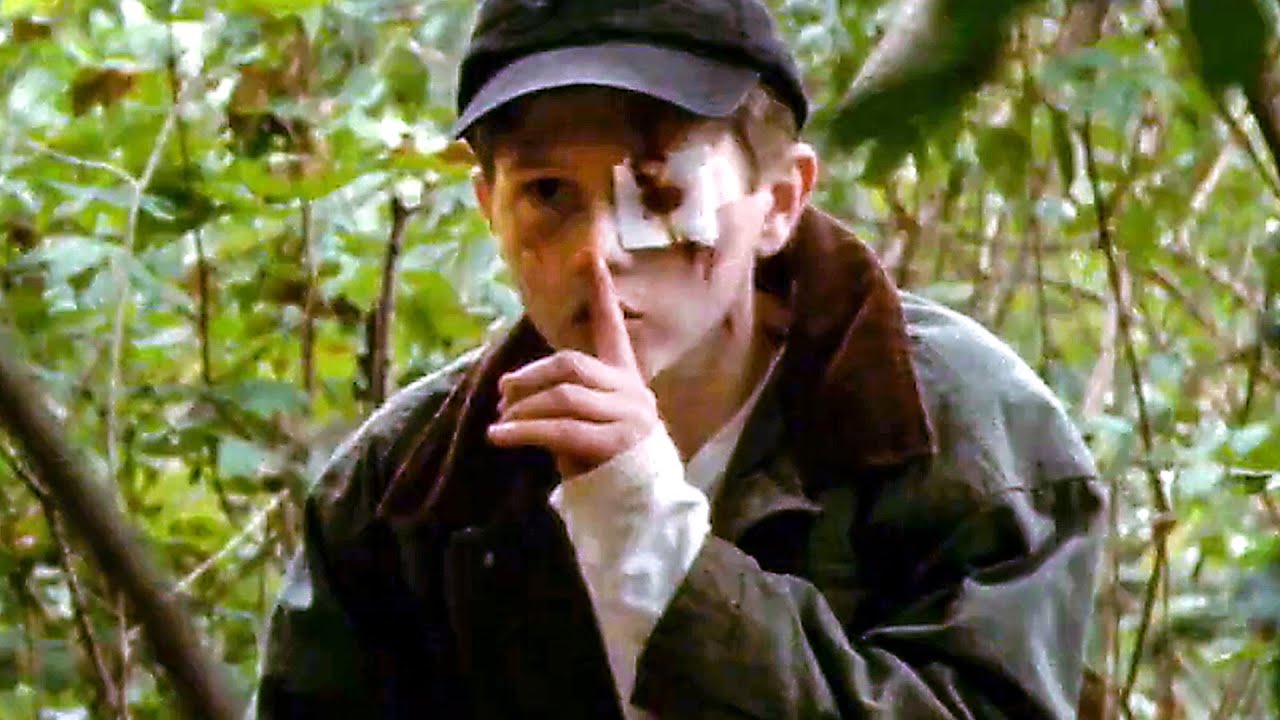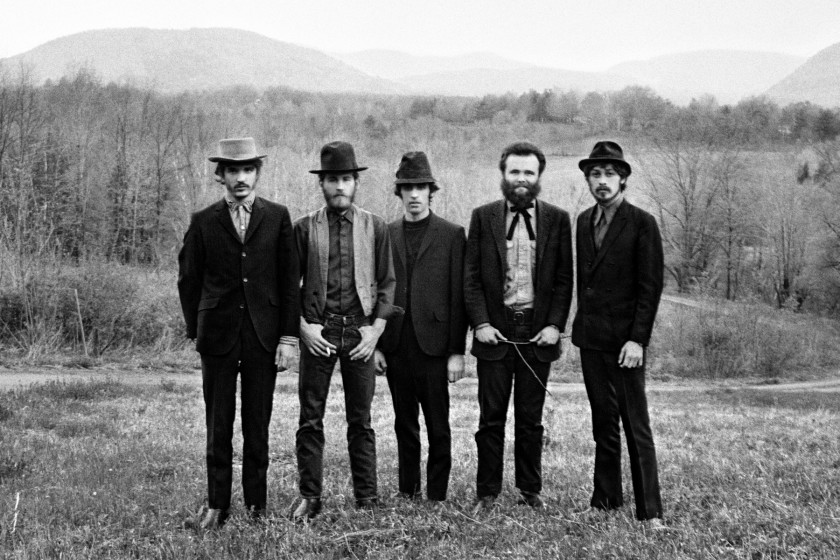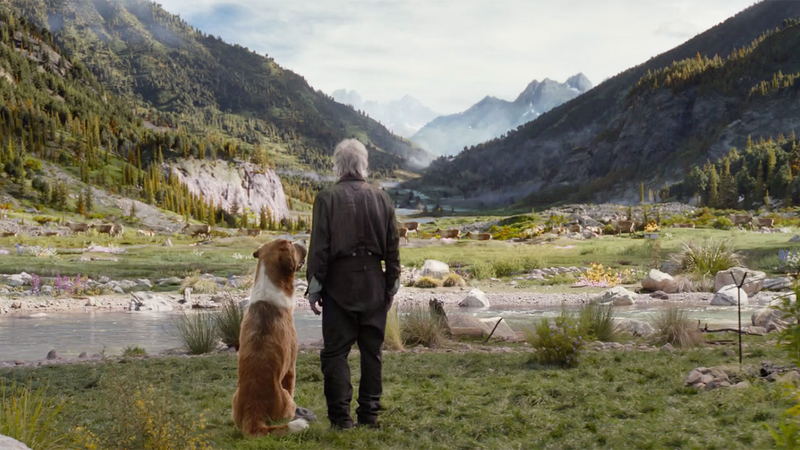Disappearance at Clifton Hill
by Hope Madden
A seedy motel, a low-rent Sigfreid & Roy, the sketchy side of a tourist town during low season—Albert Shin’s Disappearance at Clifton Hill is a neo-noir told mainly in nostalgic colors, smoke and mirrors.
The setting for the mystery is the Rainbow Inn Motel, a dump just off the Niagara River gorge that’s seen better days, though it’s tough to imagine when those days might have been.
Abby (Tuppence Middleton – British much?) is home to complicate the fulfillment of her mother’s will, because that will involves selling the old Rainbow Inn to the town mogul who looks to raze Abby’s memories in favor of day-glo paint ball.
What is it she remembers, exactly? A fishing trip down in that gorge. A one-eyed boy. A kidnapping.
Shin mines all those wistful ideas about going home again as Abby begins sifting through sordid secrets, wealthy families, and the decay of the once wondrous world of her youth. Where will her sleuthing lead?
Aah, the untapped resources of your local public library. Is that a microfiche machine?!
Shin excels at nailing atmospherics. Tourist trap towns do feel seedier off-season, their sparsely populated amusements somehow sad. In Shin’s hands, the town, its near vacant fun house and caged tigers all conjure the notion of childhood perverted.
Magician’s trickery. Sleight of hand.
The delightfully dodgy Abby is the epitome of an unreliable narrator, although to Shin’s endless credit, we’re not asked to believe something she’s telling us. We are with her, step by step, as she convinces herself of something, which allows us—like Abby herself—to really hope she might actually be on to something.
There’s a fluidity to the way Shin and co-writer James Schultz unveil Abby’s own sketchiness, beginning with a barroom conversation/seduction. This is also where he begins to introduce a delicious stew of supporting characters, each one a little quirkier than the last.
Hannah Gross particularly impresses as Abby’s far more grounded sister Laure, but I was probably most excited about Walter.
When you think of David Cronenberg—and I think of him often—you don’t always consider his acting. But he does add a little something something to films. Here he charms as Walter, area historian and podcaster: “Remember, rate and review.”
Disappearance at Clifton Hill is not a flawless film, but it is deceptively competent. It’s fun and clever. Middleton’s clear eyed yet delusional Nancy Drew never ceases to be appealing.
And just when you think Shin and company have tidied up a little too quickly…smoke and mirrors, my friend.













